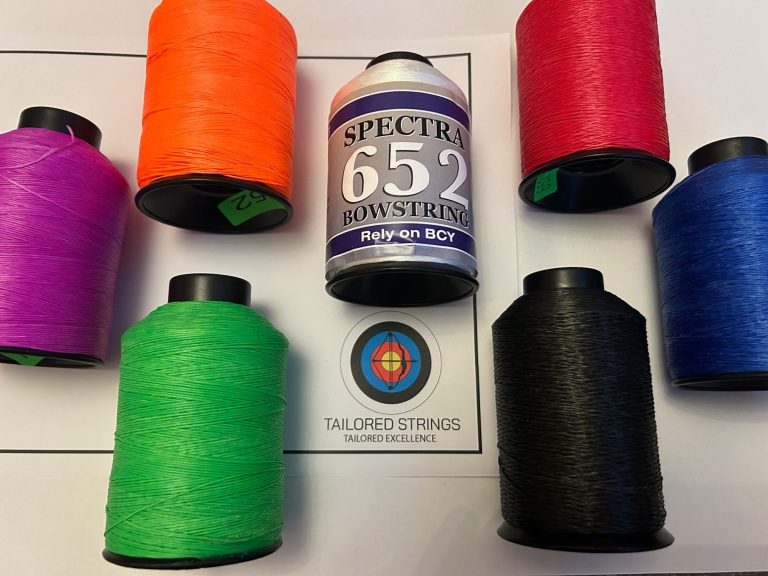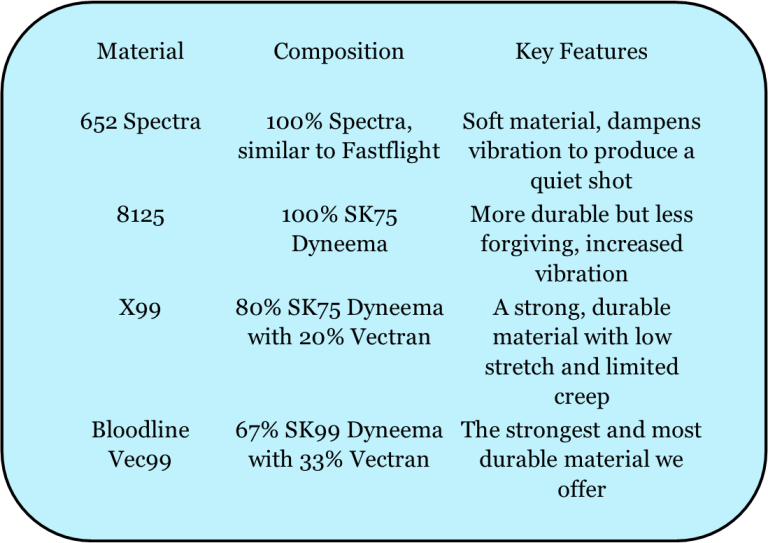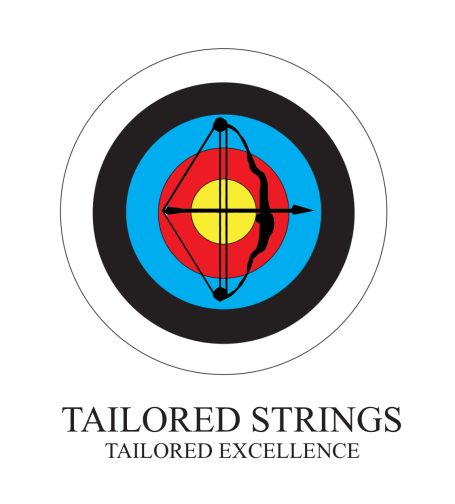Cutting-Edge Comparison: 8125 vs 652 Bowstrings
At Tailored Strings in Stourbridge, UK, we know that choosing the right bowstring can elevate your archery experience. Today, we delve into the details of two popular options: the 8125 and the 652 strings. Whether you’re a novice or seasoned archer, understanding their differences is key to finding the perfect fit for your bow and style.
Understanding 8125 Strings: Performance at Its Best
The 8125 bowstring is renowned for its cutting-edge technology, delivering exceptional performance and durability. Archers using 8125 experience decreased vibration and improved stability, making it an excellent choice for those looking to shoot with precision. Newcomers will find these strings provide a smooth draw while retaining a high level of consistency in their shots.
Exploring 652 Strings: The Balanced Choice
On the other hand, the 652 strings offer a balanced mix of performance and affordability. They are particularly favored by beginner archers seeking reliable performance without the higher price tag often associated with cutting-edge technology. With 652 strings, archers can expect decent speed and resilience, allowing them to improve their skills with confidence.

Key Benefits for Beginners Making the Right Choice
For those just starting their archery journey, each bowstring offers unique advantages. The 8125 provides a cutting-edge solution for performance-driven archers who may want to compete or enhance their skills rapidly. Meanwhile, 652 strings serve as a robust, cost-effective option that will support early learning stages, enabling effective practice and growth.
Conclusion: Choosing What Suits You Best
Ultimately, the choice between 8125 and 652 strings boils down to individual needs and preferences. At Tailored Strings, we encourage beginner archers to consider their goals and budget when selecting. Both strings have their merits, ensuring that whether you opt for performance or value, you’ll be equipped with a cutting-edge tool for your archery pursuits.
Bowstrings through history: a deep dive
The Evolution of Bowstrings: From Ancient Fibres to Modern Synthetics
Archery, a practice spanning millennia, has relied on the humble bowstring as a critical component. This seemingly simple piece of equipment has undergone a remarkable evolution in materials and construction, reflecting the ingenuity and resourcefulness of archers throughout history.
Early Bowstrings: The Dawn of Archery
From the earliest days of human history, bowstrings were essential for hunting and warfare. Early archers experimented with readily available materials, discovering the strength and flexibility of plant fibers. Flax, hemp, and nettle, when carefully prepared and twisted, yielded strong cords capable of withstanding repeated use. These natural fibers provided a balance of strength and elasticity, crucial for efficient bow operation.
The Rise of Sinew and Silk: Refined Materials for Enhanced Performance
As civilizations advanced, so did the materials used in archery. Animal sinew, derived from tendons, became a popular choice due to its exceptional strength and natural elasticity. Sinew allowed for a smoother draw and release, enhancing the bow's overall performance.
In East Asia, silk emerged as a superior material, prized for its incredible strength, light weight, and smooth texture. Silk's high tensile strength contributed to a more consistent and reliable release, reducing friction and wear on the bowstring.
Practical Alternatives: Rawhide and Gut
In regions where other materials were scarce, archers turned to rawhide and gut as practical alternatives. Rawhide, obtained from animal skins, offered a durable and readily available option for bowstring construction. While not as refined as other materials, rawhide proved sufficient for crafting reliable bowstrings in areas with limited resources.
The Modern Revolution: Synthetic Fibres for Unmatched Performance
The quest for better bowstrings continued throughout history. The introduction of modern synthetic fibers revolutionized bowstring construction. Materials like Dacron, Kevlar, and Dyneema offer unmatched durability, strength, and resistance to environmental factors. These synthetic fibers have enabled archers to achieve higher levels of accuracy and consistency, pushing the boundaries of archery.
A Timeline of Bowstring Materials
- Ancient Times: Flax, hemp, nettle
- Early Civilizations: Animal sinew, silk
- Practical Alternatives: Rawhide, gut
- Modern Era: Dacron, Kevlar, Dyneema
Conclusion
The evolution of bowstring materials reflects the constant pursuit of improvement in archery. From humble plant fibers to advanced synthetic materials, each innovation has enhanced the performance and reliability of bows. The journey of the bowstring highlights the ingenuity and adaptability of archers throughout history, shaping the sport and hunting practice we know today.
Choosing the Right Bowstring Material: A Comprehensive Comparison
In the world of archery, the bowstring is a critical component that directly influences the performance and accuracy of the bow. Over the years, advancements in technology have paved the way for modern bowstring materials that differ markedly from the traditional options. Understanding these differences is essential for both bowstring makers and archers alike to maximise their equipment's efficacy and longevity.
Traditionally, bowstrings were made from natural materials such as linen, hemp, or silk. While these materials offered decent performance, they fell short in terms of durability and weather resistance. In contrast, modern bowstrings employ synthetic materials like Dacron, Spectra, and Dyneema, which not only provide superior strength and stability but also exhibit remarkable resilience against various environmental factors. For a bowstring maker, the choice of material can mean the difference between a bowstring that frays after a few uses and one that lasts for countless draws.
Dacron, a polyester material, is often favoured for its stretchiness, making it a suitable option for traditional bows. It absorbs some of the shock and helps to protect the bow's limbs. However, bowstring makers are increasingly turning to higher modulus fibres like Spectra and Dyneema, which boast incredibly low stretch and high tensile strength. These materials allow for greater energy transfer upon release, enhancing the bow's performance while ensuring consistency in shooting. This is particularly beneficial for competitive archers seeking precision in their shots.
Furthermore, the construction techniques employed in making modern bowstrings have evolved significantly. Where traditional strings were often twisted or braided, contemporary methods utilise advanced processes like serving and blood knot techniques to ensure the integrity of the string. This focus on construction not only enhances durability but also contributes to a bowstring’s ability to maintain its shape over time. A skilled bowstring maker will recognise the importance of these nuances, as the right construction technique can dramatically influence the bowstring's performance in different conditions.
Lastly, the choice of material can also impact the overall feel and noise level of the bow. Modern materials can be engineered for less vibration and noise during the shot, offering a quieter experience that many archers prefer. As bowstring makers continue to explore and experiment with new materials and techniques, it becomes increasingly imperative for archers to stay informed about these developments to select the optimal bowstring for their needs. In summary, the differences between traditional and modern bowstring materials have a profound impact on performance, making knowledge in this area essential for anyone serious about archery.

We need your consent to load the translations
We use a third-party service to translate the website content that may collect data about your activity. Please review the details in the privacy policy and accept the service to view the translations.
